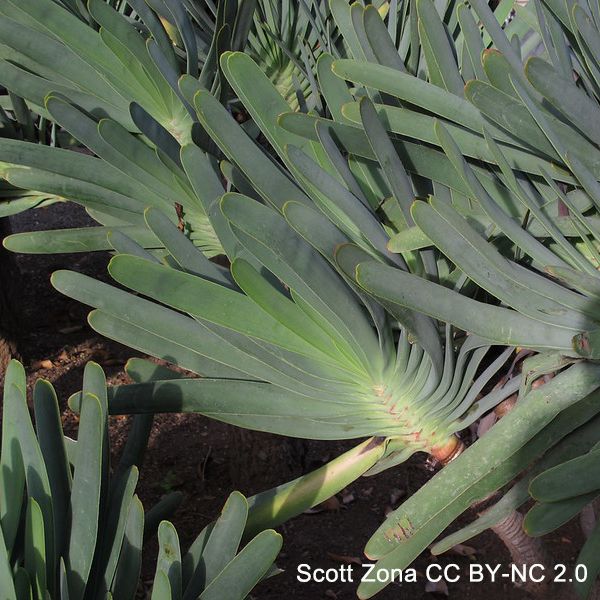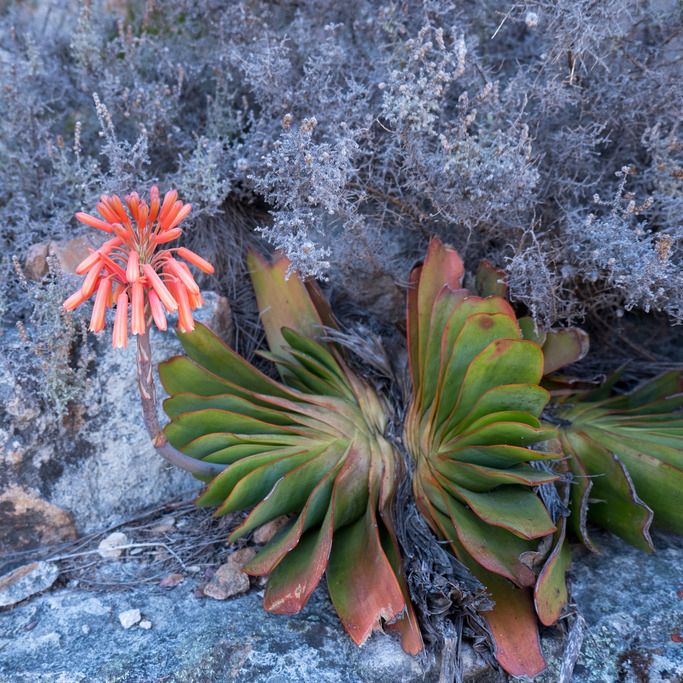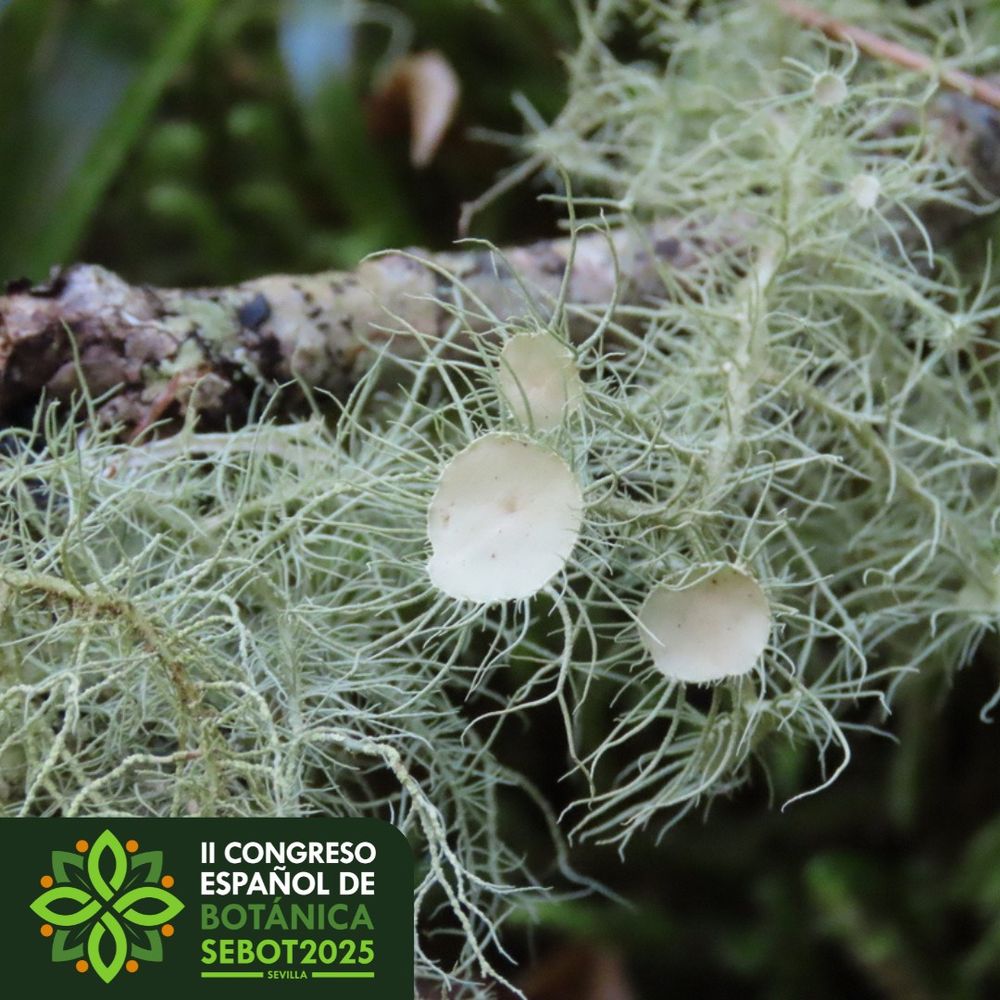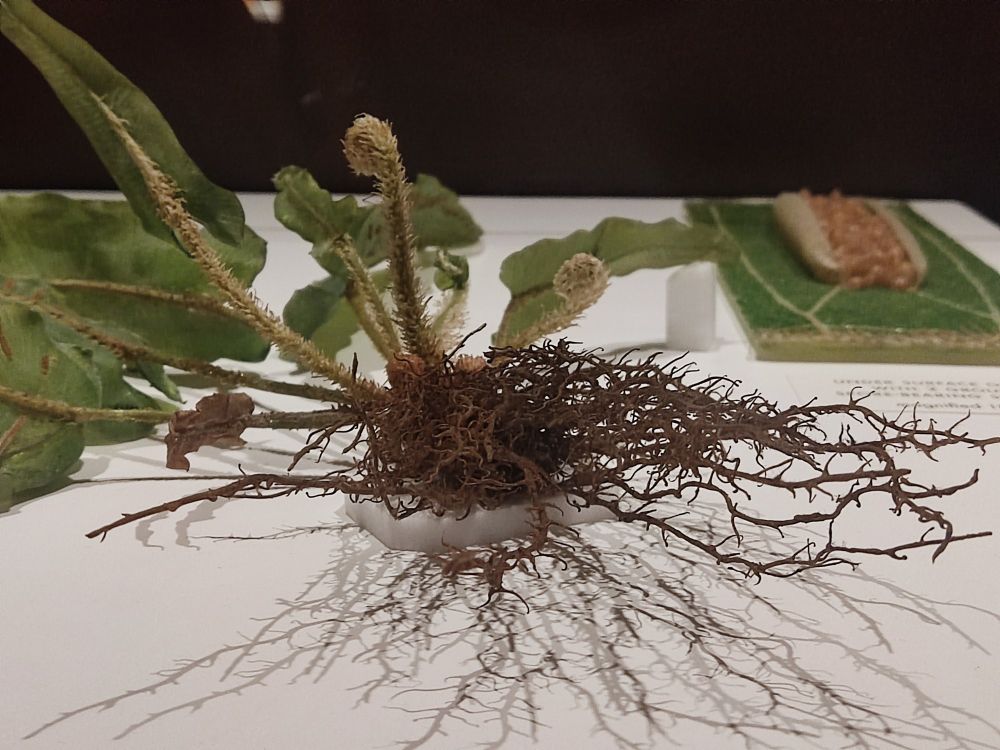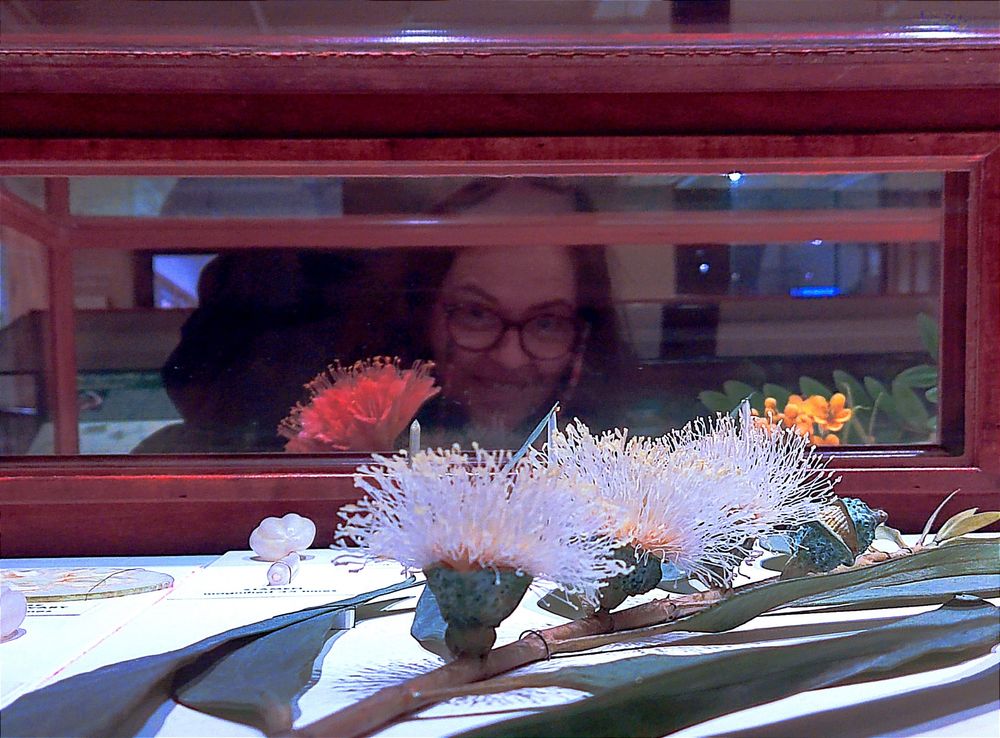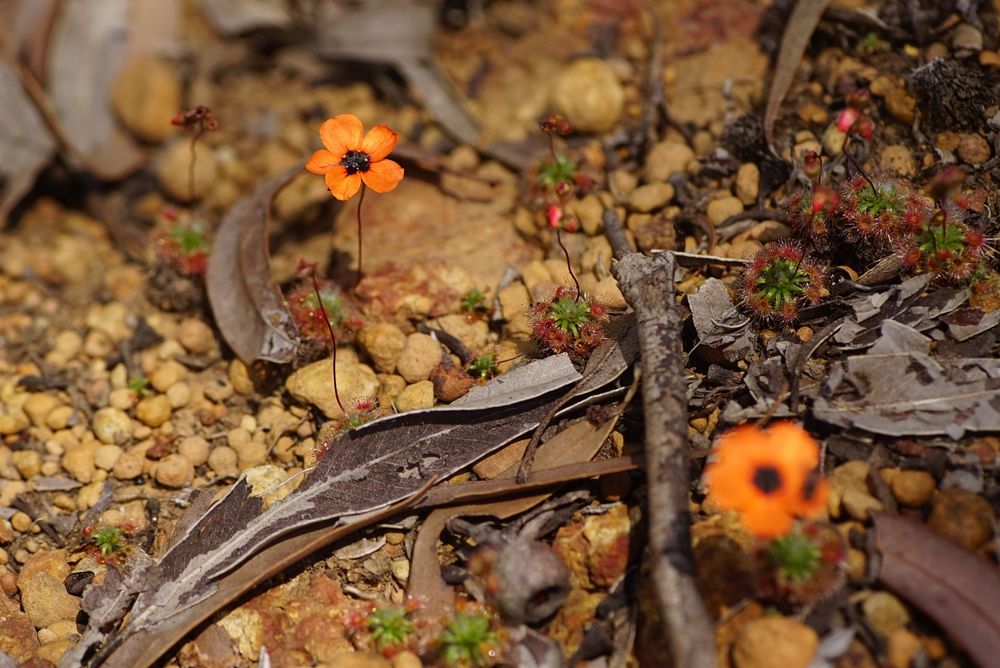Pedro Jiménez-Mejías
@pjimmej.bsky.social
310 followers
220 following
44 posts
Ramón y Cajal Researcher at #UPO. #Sedge taxonomist but general naturalist at heart. #Iamabotanist #Cyperaceae #Carex #Taxonomy
Posts
Media
Videos
Starter Packs
Reposted by Pedro Jiménez-Mejías
Reposted by Pedro Jiménez-Mejías
Reposted by Pedro Jiménez-Mejías
Reposted by Pedro Jiménez-Mejías
Reposted by Pedro Jiménez-Mejías
Pedro Jiménez-Mejías
@pjimmej.bsky.social
· Dec 18
Pedro Jiménez-Mejías
@pjimmej.bsky.social
· Dec 18
Reposted by Pedro Jiménez-Mejías
Reposted by Pedro Jiménez-Mejías
Reposted by Pedro Jiménez-Mejías
Reposted by Pedro Jiménez-Mejías


